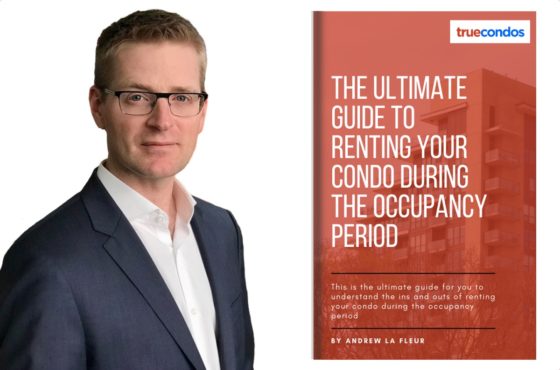What Ever Happened to Cash Flow?
Investing in Toronto condos used to be a pretty straightforward proposition: buy a property with as little down as possible then rent it out with the income from the rent covering your mortgage, taxes, maintenance on the property etc. For much of 90s and the first half of the 2000s, this was the way it worked in Toronto and many investors took this approach. Sometime around late 2006 this all changed when property values continued to rise while rental rates began to stagnate and in some cases drop. Positive cash flow with 20-25% down disappeared.
When the market dipped in late 2008-early 2009, prices fell, interest rates fell, and rental rates stayed the same. It was a perfect storm whereby positive cash flow with 25% down reappeared on the Toronto scene, and a few savvy investors noticed this and began to buy once again. The market heated up in mid 2009 and has stayed hot ever since. Prices rose, and so did interest rates. Today, it’s safe to say that buying a resale condo downtown for more than about $500 per square foot will result in a negative cash flow situation (assuming 25% down). Nobody likes negative cash flow!
The obvious question is how sustainable is a market like this where investors are buying condos by the thousands priced at $600-$800 per square foot that they know for a fact will not generate positive cash flow? So many investors are counting on their properties to appreciate so that they will make a profit. This could very well happen, but by definition this is speculation rather than investing.
I’d like to know what cash flow rates in the larger cities like New York or London are like. Any of my readers with experience in these markets, feel free to comment on how investors approach this issue in one of these cities that Toronto is being compared to more and more often these days.
Questions or comments? I always welcome my readers’ feedback!



